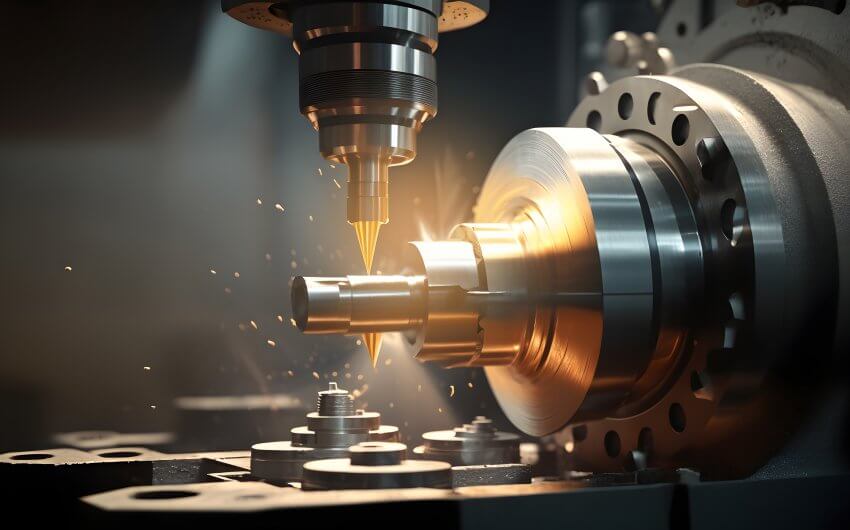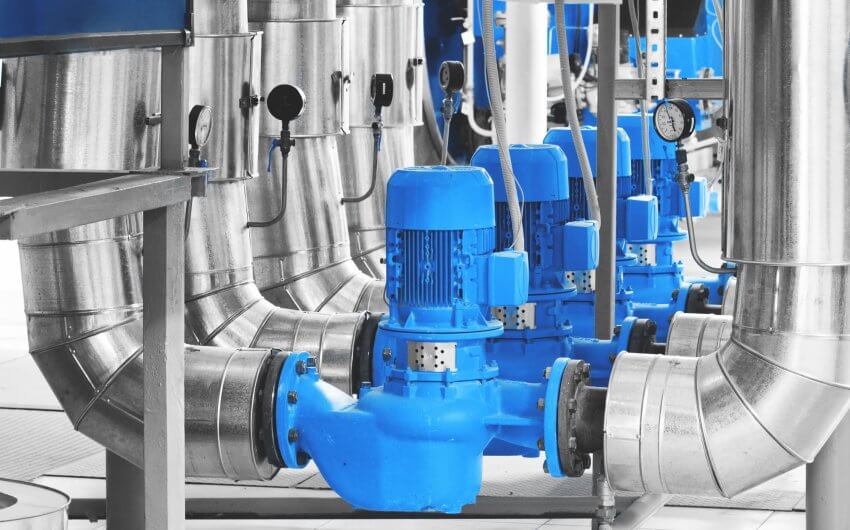ST9 Solid Edge Essentials
Solid Edge, unlike most CAD software, uses Synchronous technology to control parts with dimensions and relationships made between features and faces in the model. This means that sketches are often not needed after a feature is created. Most CAD software depend on part history or use a true direct modeling approach to part creation.
This approach allows for more intuitive updates without needing to seek out the correct sketch or worry about changes affecting sketches further along in the process. It also means Solid Edge handles imported geometry exceedingly well. Since Solid Edge only focuses on a feature’s current size and relationship, not how it got to that point, it can easily assign editable values to anybody.
To show how those values and features are defined, this course starts by taking a close look at all the sketch concepts and tools originally used to create them. It then moves on to break down each individual base, treatment, and procedural feature so you can understand how and when to use them.
Once you’ve got a handle on how these features operate at an individual level, you’ll learn how to efficiently combine them to create complex models. As your models become more complex, the ability to quickly identify areas of symmetry or which plane to start a feature on becomes key to efficient modeling.
No matter how well you plan each feature, changes are inevitable. Being able to quickly make changes and troubleshoot issues are necessary skills for anyone working under deadlines, so that’s covered as well.
Once your parts are defined and free of errors, you’ll combine them into an assembly where you can simulate motion and check for potential issues, like interfering components, before time is wasted manufacturing an ineffective prototype. Doing this base level analysis in a modeling environment instead of after creating a prototype saves money and frustration as you finalize your parts.
Understanding these essentials allows you to design everything from simple models intended for 3D Printing to complex multi-part assemblies.
























